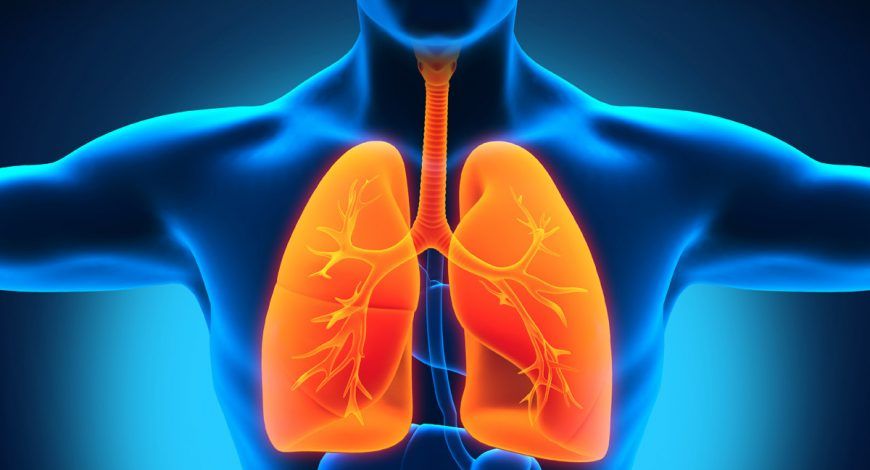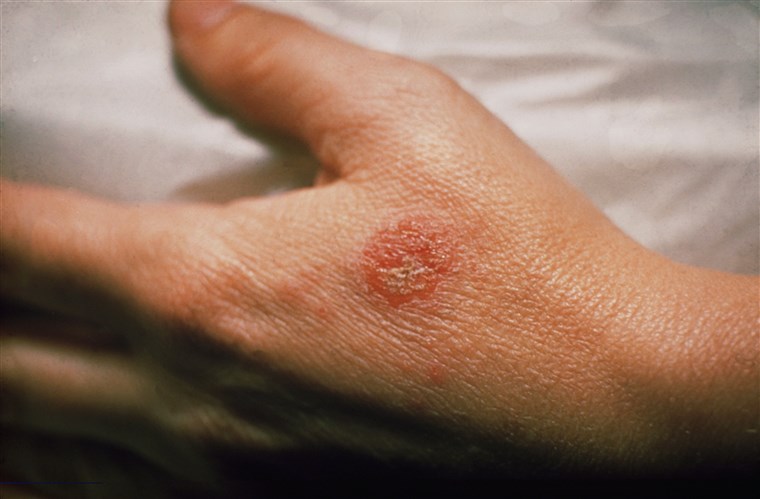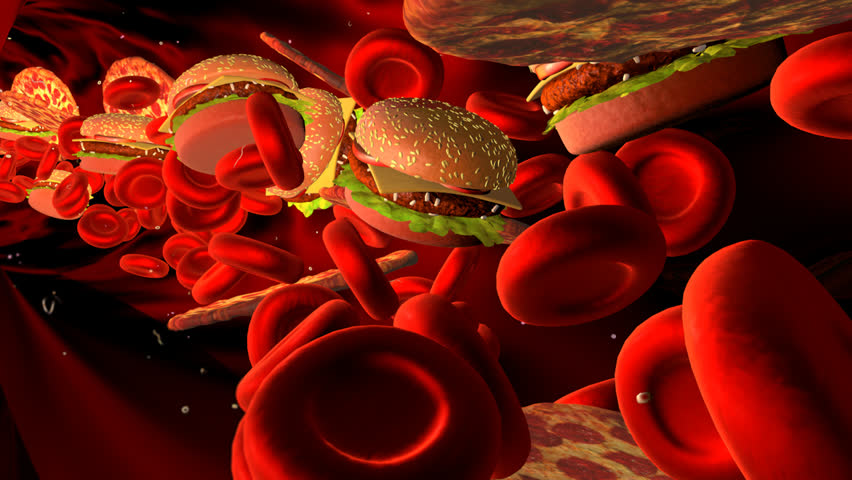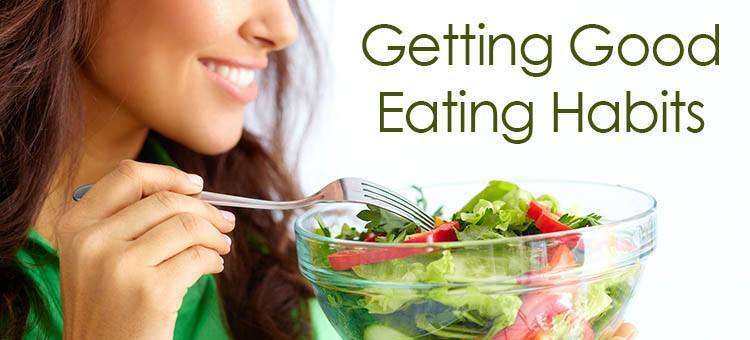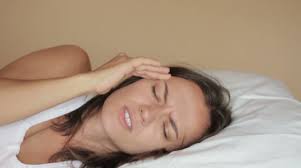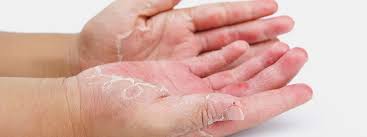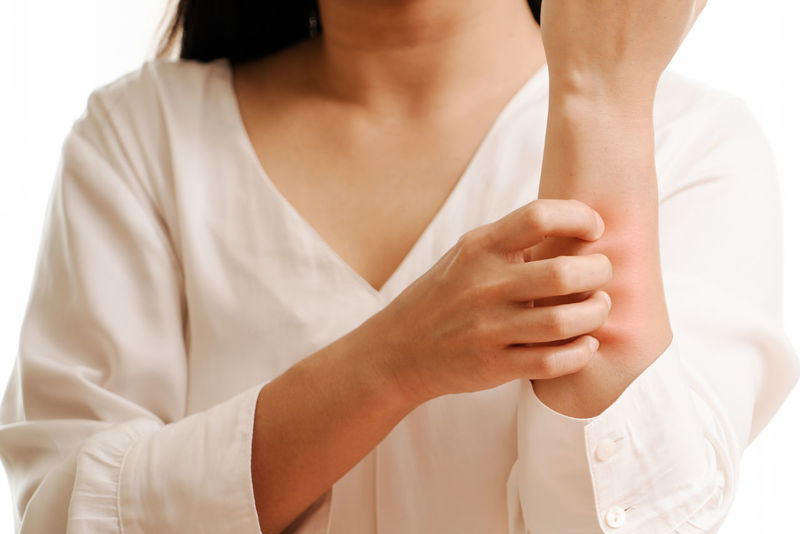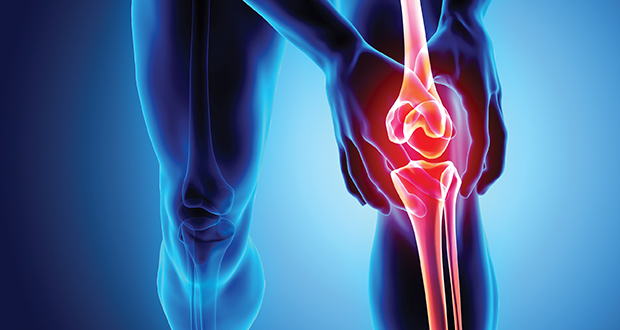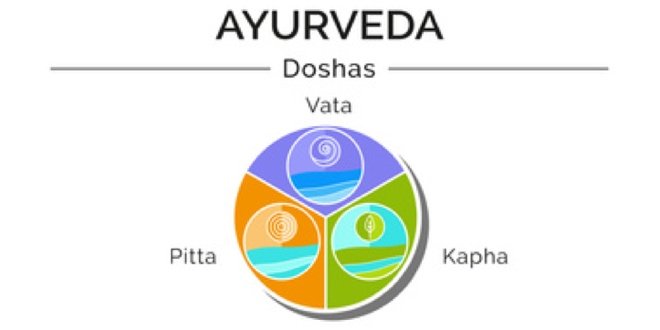Respiratory Disorder is an unfortunate affair, as the air we breathe is polluted with harmful gases, dust, etc., making our body more prone to sickness. Lets see Disorders of the Lungs and treatment through Ayurveda.
Now, due to covide times, more focus and attention towards lungs disorders and breathing issues. Ayurvedic Therapies Can Help With COPD: Have Gourds & Pulses, Drink Warm Water, Replace Cleaning Sponges Often
Causes for Respiratory Disorders
Obesity –Obesity is a widespread condition, causing respiratory issues in several ways. Obesity weakens immunity and leads to many diseases.
Dietary habits – Eating junk food along with untimely eating–leads to indigestion & constipation, which in turn weakens the immune system, making a person fall prey to the infections.
Air pollution–Air pollution makes our immune system, very poor. It increases the risk of infections that cause breathing problems and is one of the reasons behind most of the respiratory disorders.
Smoking—Smoking can cause lung cancer and chronic respiratory diseases–worldwide.
Respiratory infections are best treated with Ayurveda—
Ayurveda can eliminate and ultimately destroy the root cause of diseases. It can balance the body’s internal functions & hormonal disturbances to avoid issues in the future.
Specific Ayurvedic Herbs & Panchakarma Therapies are essential in rejuvenating the body. Various herbs are given to the patients in the form of capsules and powders–to boost the immunity, to make them more defensive against infections.
Following are the herbs for supporting a healthy bronchial response are—
- Black pepper is a lung tissue builder and a detoxifier. It keeps the airways open at all times.
- Liquorice is the herb that supports the proper functioning of the lungs and adrenals. Liquorice supports a healthy immune response and eliminates the natural toxins from the liver.
- Calming Herbs such as turmeric can help in stressful situations when the bronchial system is overworked. Turmeric as such can calm down the bronchial system, especially when taken with coriander and cumin.
- Turmeric and dandelion support the reduction of mucus accumulation.
- Pungent herbs such as black pepper, garlic, cinnamon, cloves, and ginger, help reduce the consistency of the mucus, making it easier to breathe.
- Kaphapitta Shamaka, one of the coldest and most bitter herbs in Ayurveda, reduces vitiated Kapha and Pitta.
- A combination of Vasaka Leaf, Liquorice root, tulsi, ginger, Haritaki fruit, pippali and peppermint is beneficial.
- Talisadi Churnam and Sitopaladi are other useful herbs that are an excellent addition as they help in building immunity.
The body wants to keep the lungs healthy, so let us work with our body’s priorities to heal lung problems.
At Madras Institute of Ayurveda [MIA]—the Ayurveda and Panchakarma Centre, there are facilities for consultation in different areas of treatment, regular check-ups and more. Here we provide services for Disorders of the Lungs. MIA also possesses an in-patient department with well-equipped Panchakarma theatres.
Treatment alternatives for an entire spectrum of diseases are offered here. But before starting treatment–a right diagnosis is essential.
Therefore, log on to www.miayurveda.org for any concerns you may have.

